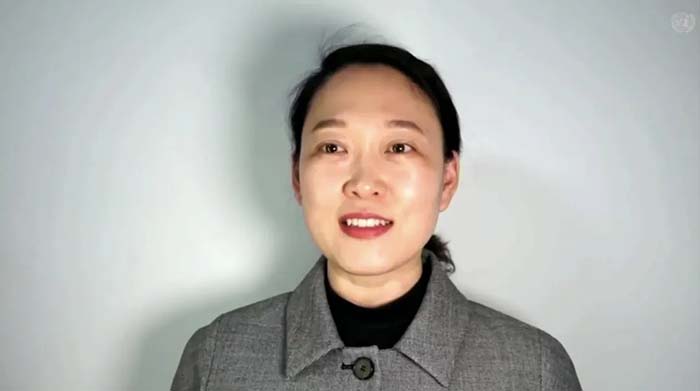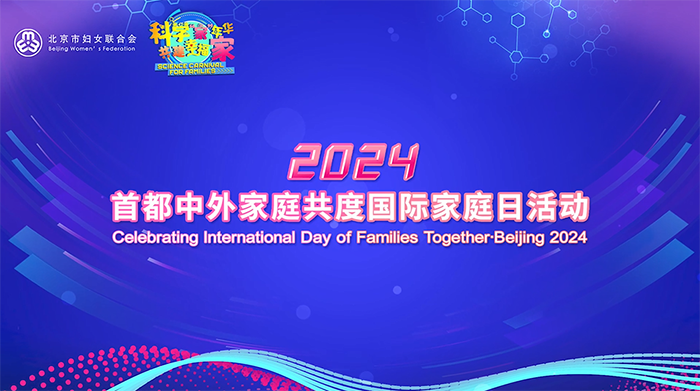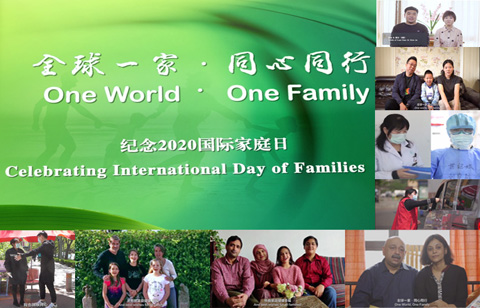Effective January 1, 2025, Applications Open in Late August
China Launches Nationwide Childcare Subsidy Program to Alleviate Childcare Burden
Date:2025-7-31 14:50:44 Views:The Implementation Plan for the Childcare Subsidy System (the “Plan”) was recently issued by the General Office of the Communist Party of China Central Committee and the General Office of the State Council. At a press conference on July 30, the State Council Information Office offered further details on the system and related support measures aimed at encouraging childbirth.
“The childcare subsidy system is a key public policy that concerns millions of families,” said Guo Yanhong, Vice-Minister of the National Health Commission.
Set to take effect on January 1, 2025, the system will offer annual subsidies of RMB 3,600 for each child under the age of three, as long as the child is born in accordance with national laws and regulations. Either a parent or legal guardian may apply for the subsidy, primarily online via the national childcare subsidy information management system, though offline channels will also be available. Support will continue until the child turns three, transferred directly to the applicant’s or child’s bank account or other financial account. The subsidy is exempt from personal income tax and will not be counted as household or individual income when assessing eligibility for social assistance programs, such as minimum living standard guarantees or support for those in extreme hardship.
The system will also cover children under the age of three who were born before January 1, 2025. “For these children, the subsidy will be issued on a prorated basis according to the number of eligible months and will continue until they turn three,” said Wang Haidong, Director of the Department of Population Surveillance and Family Development at the National Health Commission.
All children born on or after January 1, 2022, are entitled to receive the childcare subsidy.
Guo Yanhong noted that the childcare subsidy system is designed to help alleviate the financial pressures of raising children, foster a more birth-friendly social environment, and further contribute to public well-being. This marks the first large-scale, universal, and direct cash subsidy to support families and improve quality of life since the founding of the People’s Republic of China—a landmark move.
The system reflects four key principles: delivering tangible improvements in people’s quality of life, promoting equity through coordinated policymaking, ensuring fiscal sustainability by aligning goals with available resources, and establishing a system that is safe, standardized, and easy to navigate.
According to Wang Haidong, applications for the subsidy will begin gradually in late August, with full implementation across all regions expected by August 31. The primary application channel will be the unified national childcare subsidy information management system, with access points available through provincial government service platforms, and on third-party platforms such as Alipay and Weixin. Offline and in-person services will remain in place, allowing applicants to submit the necessary materials at the township or subdistrict offices where the child is registered. Applicants will need to provide the child’s medical certificate of birth and household register to verify identity and guardianship.
Some regions have already piloted local childcare subsidy programs. Guo Yanhong emphasized that regions lacking such policies—or whose current coverage or subsidy amounts fall below the national baseline—must adopt the unified national framework to ensure equal access. Regions that already offer subsidies above the national baseline may continue doing so, provided they complete the required evaluation and reporting procedures.
Guo Yang, Director of the Department of Social Security at the Ministry of Finance, stated that financial and health authorities will jointly oversee the entire process of fund application and disbursement, ensuring that every payment is delivered safely and reaches the intended recipients.
In October 2024, the General Office of the State Council issued the Several Measures for Accelerating the Improvement of the Fertility Support Policy System and Promoting the Construction of a Fertility Friendly Society, introducing a comprehensive policy package aimed at supporting families and encouraging childbirth. Since then, relevant departments have implemented key measures, including:
Easing the financial burden of childbirth, childrearing, and education through multiple channels. Childcare expenses for children under the age of three are now eligible for special additional deductions under individual income tax, with the deduction raised to RMB 2,000 per child per month.
Expanding insurance coverage for childbirth-related medical expenses.
Improving parental leave policies, with most provinces extending maternity leave to at least 158 days. Fathers are entitled to 15 days of paternity leave, and parents may take an additional 5 to 20 days of shared parental leave.
Increasing access to inclusive childcare services, with the number of childcare slots reaching 4.08 per 1,000 people as of the end of 2024.
Strengthening maternal healthcare services throughout the entire pregnancy and childbirth process, including broader availability of labor pain relief and continued implementation of the Five Strategies for Maternal and Newborn Safety.
Expanding pediatric healthcare services, with all secondary and tertiary public general hospitals nationwide now required to offer pediatric services.
China’s maternity insurance system has continued to expand, benefiting a growing number of families. Liu Juan, an official with the social welfare security department of the National Healthcare Security Administration, noted that efforts have been made to ensure full coverage for both employed individuals and unemployment insurance recipients.
As of June 2025, maternity insurance coverage had reached 253 million people. During the 14th Five-Year Plan period, the maternity insurance fund processed over 96 million claims, with total payouts amounting to RMB 438.3 billion. Nationwide, all 31 provinces, autonomous regions, municipalities, and the Xinjiang Production and Construction Corps, have included assisted reproductive technologies in their reimbursable medical services, with over 1 million people benefiting from such support in 2024.
To further safeguard women’s rights related to childbirth, Liu Hongmei, Director of the Women Workers’ Committee at the All-China Federation of Trade Unions, highlighted that many provinces across China have introduced local legislation detailing maternity leave entitlements and other workplace protections for female employees.



